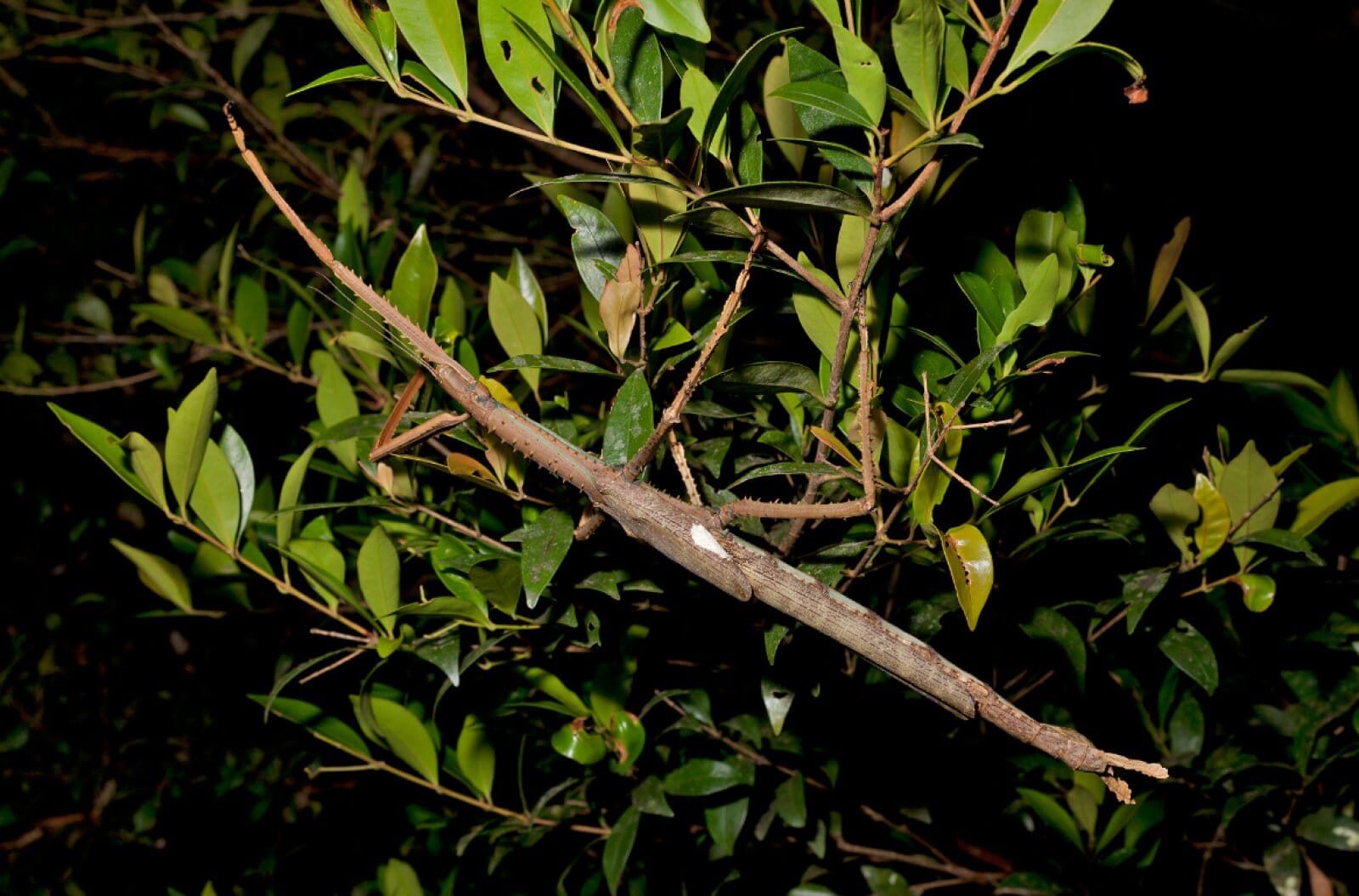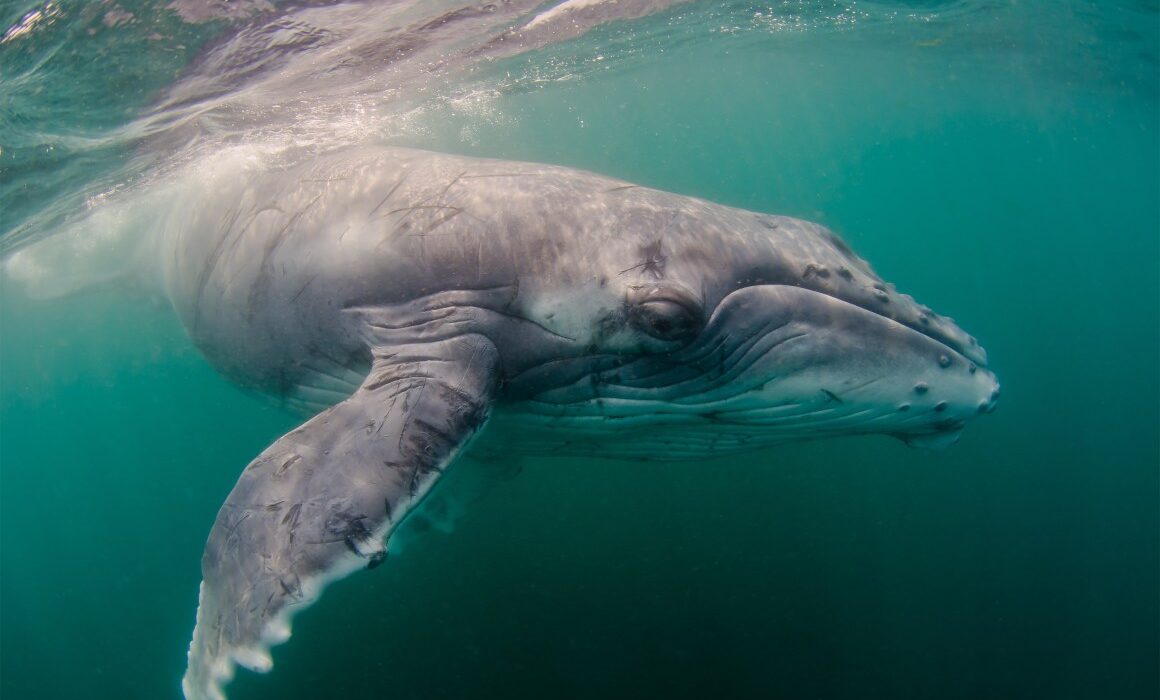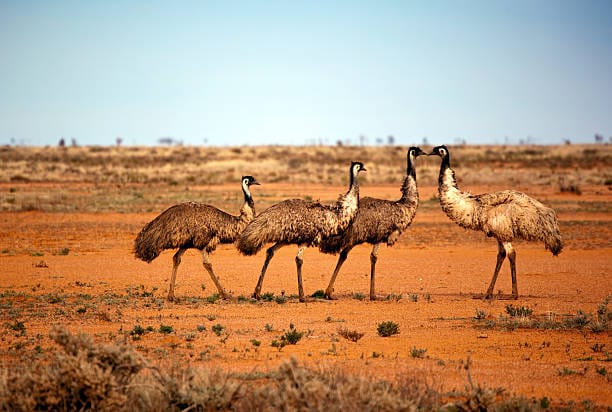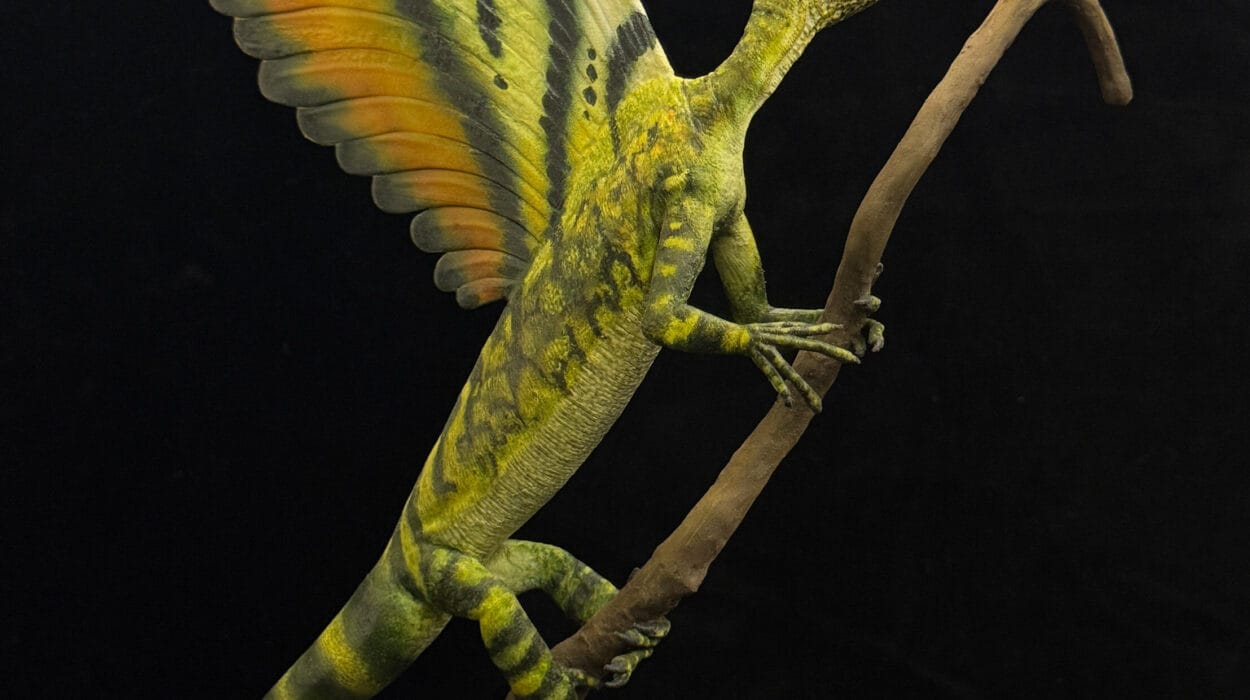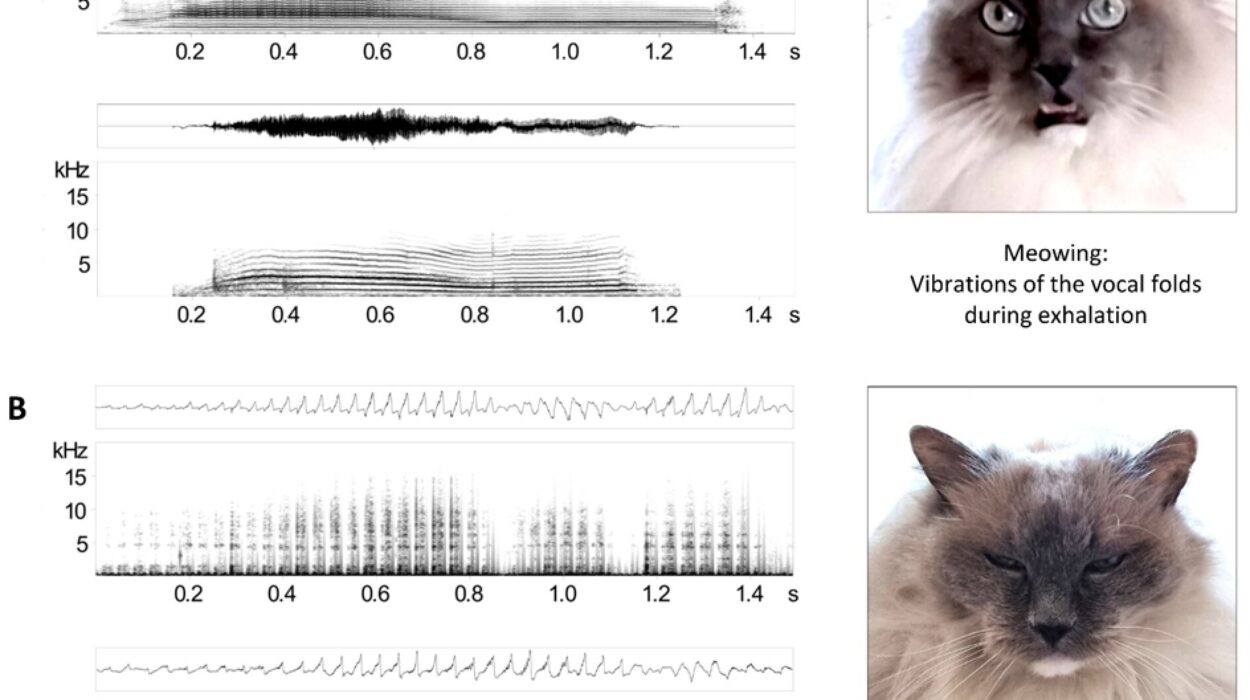In the mist-shrouded treetops of a high-altitude rainforest in northeastern Australia, scientists have uncovered a new species that challenges what we know about insect biology—and it’s making a very heavy impression. Weighing in at around 44 grams—just shy of a golf ball—the newly described Acrophylla alta is now considered Australia’s heaviest insect.
Described in a new study published in the scientific journal Zootaxa, the discovery of A. alta was led by Professor Angus Emmott, a researcher at James Cook University. While giant stick insects are not new to science or Australia, this one stood out—quite literally. Measuring nearly 40 centimeters long, it resembles a twig brought to life. But its sheer mass left scientists astonished.
“There are longer stick insects out there,” Professor Emmott explained, “but they’re fairly light-bodied. From what we know to date, this is Australia’s heaviest insect.”
A Discovery Hidden in the Clouds
This massive insect had managed to evade scientific detection until recently—and there’s a good reason for it. It lives high in the rainforest canopy, in an area so remote and rugged that few people ever venture into its vertical realm. The species appears to be restricted to a small, elevated patch of rainforest, making sightings incredibly rare.
“It’s restricted to a small area of high-altitude rainforest, and it lives high in the canopy,” Emmott said. “So, unless you get a cyclone or a bird bringing one down, very few people get to see them.”
Indeed, the two known specimens now housed in the Queensland Museum were likely only found because they had been knocked out of their treetop habitat—an unplanned but lucky break for science.
Eggs Reveal the Hidden Identity
Identifying the stick insect as a new species wasn’t just about its size or weight. It came down to something far more delicate: its eggs.
Each stick insect species lays eggs with a unique texture, shape, and surface pattern. These differences are so distinct that scientists can often classify a species solely based on the egg design—an evolutionary fingerprint of sorts.
“Every species of stick insect has their own distinct egg style,” said Emmott. “They’ve all got different surfaces and different textures and pitting, and they can be different shapes. Even the caps on them are all very unique.”
The eggs of A. alta bore a distinctive combination of surface ridges and textures never before seen, confirming that this was indeed a new species unknown to science.
Size Shaped by the Environment
So, why is this stick insect so unusually large and heavy? According to Emmott, the answer lies in evolutionary adaptation to the unique conditions of its high-altitude rainforest home.
“Their body mass likely helps them survive the colder conditions,” he explained. “It’s a cool, wet environment where they live. That mass gives them a thermal advantage.”
In colder habitats, larger body sizes often help animals conserve heat—a principle seen across many species, from mammals to reptiles, and apparently now in giant insects. Over millions of years, A. alta appears to have evolved its bulky frame to better endure the chill of the mountaintop forest canopy.
Why This Discovery Matters
The identification of Acrophylla alta is more than just a fascinating story about a massive insect—it carries weight in the broader conversation about biodiversity and conservation.
“To conserve any ecosystem, we actually need to know what’s there and what makes it tick before we can think about the best ways to conserve it,” said Emmott.
This principle lies at the heart of ecological science: understanding species diversity is critical for managing, protecting, and restoring ecosystems. Without knowing what lives in a habitat—especially in the most remote or fragile ones—we risk losing species before we even know they exist.
The discovery also highlights the importance of museums and biological collections. With two specimens now housed at the Queensland Museum, researchers will be able to study the insect’s physiology, genetics, and ecological role. It may also help in distinguishing similar, lesser-known species or in re-evaluating past specimens that were incorrectly classified.
A Reminder of the Unknown Above Us
For many, the idea of a 44-gram stick insect lurking in the treetops sounds like something from a science fiction story. But it’s a reminder that Earth’s wild places still harbor mysteries beyond imagination. The rainforests of Australia, and many like them around the globe, remain largely unexplored in their vertical dimensions.
While ground-level biodiversity has been relatively well-studied, the canopy—often 30 to 50 meters above the forest floor—is still frontier territory. Life up there has evolved in relative isolation, shaped by unique microclimates and evolutionary pressures.
And if an insect nearly half a meter long can remain hidden in plain sight for so long, what else is waiting to be discovered?
Looking to the Future
The story of Acrophylla alta offers hope and urgency. Hope that the world still holds wonders to be uncovered, and urgency because many of these wonders are under threat. Climate change, deforestation, and habitat fragmentation pose existential dangers to species living in small, specialized ecosystems like high-altitude rainforests.
Professor Emmott and his team plan to continue studying the habitat of A. alta, hoping to learn more about its life cycle, behavior, and interactions with other species. The data could help build a clearer picture of how these ecosystems function—and what must be done to protect them.
In the meantime, Acrophylla alta stands as a symbol of nature’s hidden resilience and complexity. A stick insect that outweighs a golf ball may not seem like a world-shaker, but it just might shake our understanding of what it means to live lightly—and heavily—on this planet.
More information: Coupland, R.M. et al, A new giant species of Acrophylla Gray, 1835 (Phasmida: Phasmatidae: Phasmatini) from the highlands of the Wet Tropics, Queensland, Australia., Zootaxa (2025). DOI: 10.11646/zootaxa.5647.4.4
